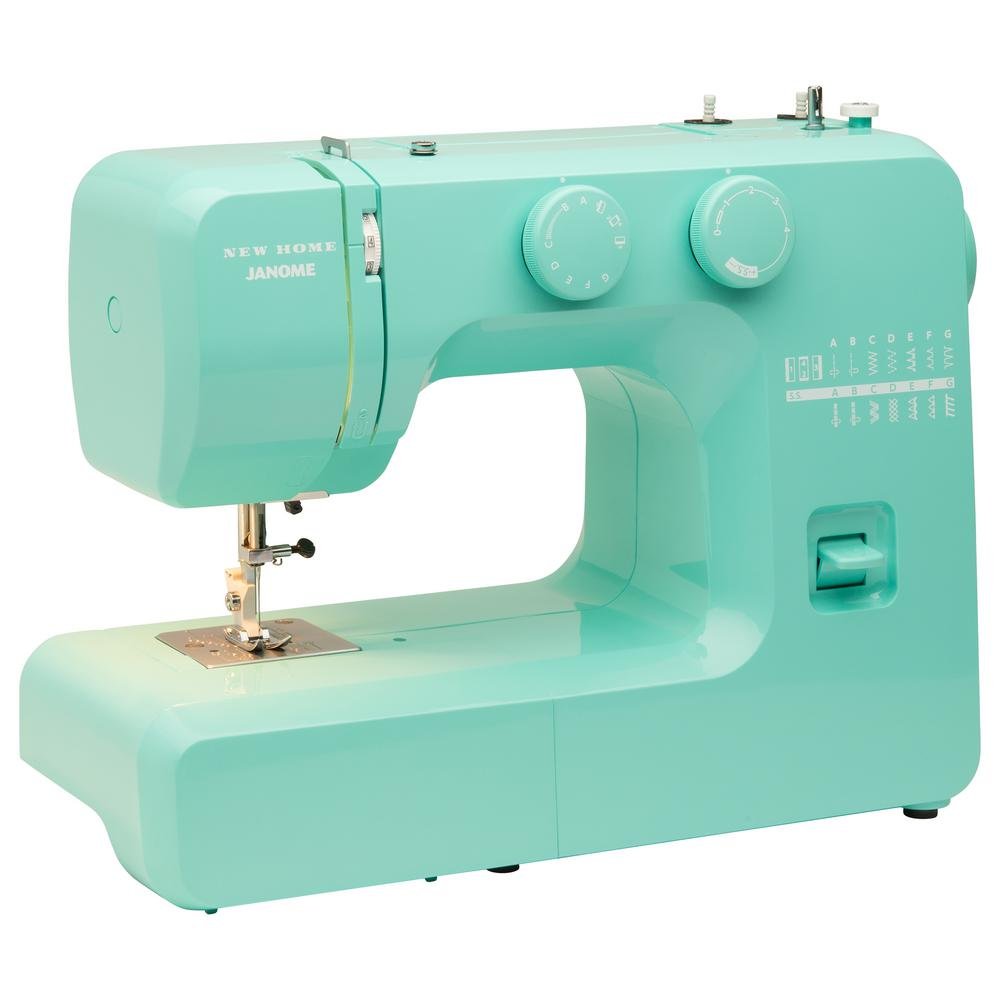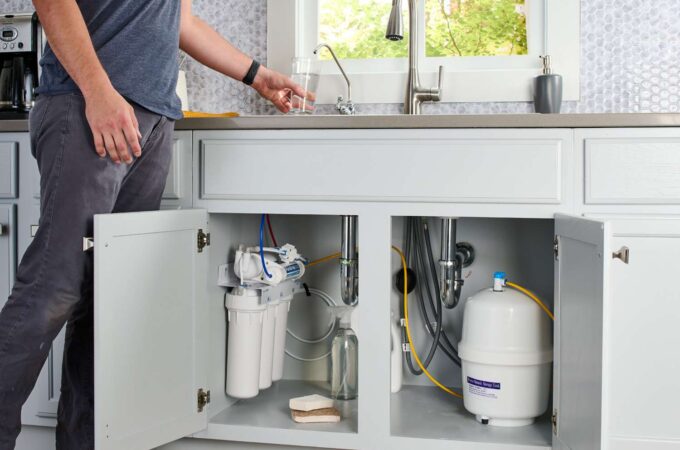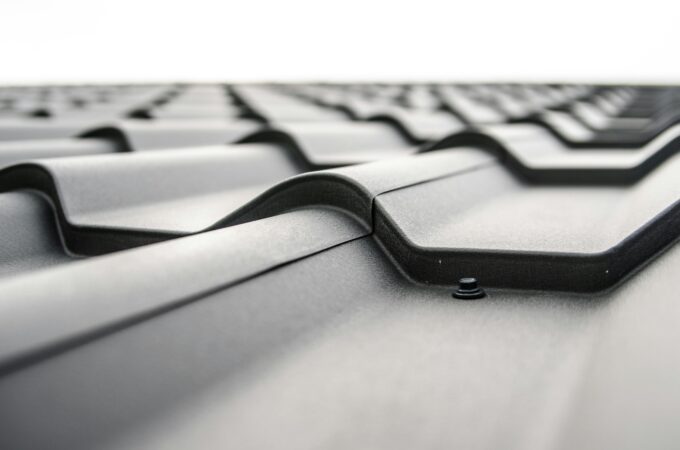
Easy Ways to Fix Sewing Machine Timing
Whether you take sewing as a profession or a hobby it is always an enjoyable work because through sewing you can make something new and is not it a matter of great joy to make something new?
You’d want to do your research on websites like Sew Kit Kit to find a best sewing machine that has the features you need.
But this enjoyable work can become annoying if your sewing machine is problematic and if you cannot adjust everything properly. In today’s article, we will talk about the problem of adjusting the timing of a sewing machine. It is an easy task if you know how to fix the time adjustment problem of your sewing machine.
Simple Ways to Fix the Timing of Your Sewing Machine
Today I will tell you a secret way of solving the problem. Utilizing this secret you can solve any kind of problem. The best way to solve a problem is to find out the root of the problem i.e. from where the problem is generating and then eliminate that root or do some correction in that place.
So according to this rule, you have to search for the root reason for the problem and then you have to fix it. The possible roots of timing issue are-
Needle and Thread

At first, check that whether the needle is straight and sharp or bent and blur? If it is straight and sharp, then look at the locking position. The needles must be screwed in both sides tightly.
The height of the needle bar is also an important matter of consideration to solve the timing issue. If the needle bar is not at standard or recommended height timing issue will occur.
A common mistake that beginners or unskilled and unconscious sewers do is using needle and thread that is not compatible with the fabric they are working with. If your fabric is strong and hard, you should use a strong needle and thick fabric, not thin needle and thin fabric.
Solution:
To fix your sewing machine you should keep small flathead screwdriver, flashlight or lamp, ruler or tape measure, sewing machine oil, and marker in your collection.
Though I think you already have understood how to fix the problems related to needle and thread I would like to point out the solutions for the convenience of your better understanding:
- If the needle is bent and blur replace it with a sharp and straight needle.
- If the needle is not locked securely, lock it securely by tightening the screw.
- The needle bar must be kept at the standard height. If it is not at the standard height loosen it following the instruction of the manual provided by the manufacturer. You will notice a mark and you have to screw the needle bar at this height.
Though most of the sewing machine comes with this mark in case your sewing machine does not have any marked position lower the needle completely with the help of the hand wheel and raise it at 2.4 millimeters height and lock it at this position. You can mark this position for easy adjustment later. - Use needles and threads that are compatible with your project. If you are working on various projects, you should change the needle and thread for each specific project especially if they are different from each other.
Lack of Synchronization in the Internal Machine Parts

If the internal parts of your sewing machine are not synchronized perfectly, your machine will produce an uneven stitch.
You can verify whether the internal part of your sewing machine is synchronized properly or not by opening the switch plate and advancing the machine slowly using the hand wheel.
From this test, you can understand whether the thread is hooking smoothly into the fabric or not. If it is not hooking smoothly then you need it to be adjusted.
While the hook is rotating inspect that whether the hook is passing through the eye of the needle. If it passes through the eye of the needle then your sewing machine is okay. But, if you notice that it is passing above the eye of the needle then take it as an indication of a timing issue.
You also have to inspect the direction of the rotation of the hook. If you notice that the hook is rotating clockwise, you have to move the needle to the far right.
On the other hand, if you notice that the hook is rotating anti-clockwise, you have to move the needle to the far left.
The adjusting technique differs in different brands and models but the basic rule of adjustment is the same.
Since I do not know which model you are using I will describe here only the basic rule. You will know the specific instruction from the user manual of your sewing machine.
Solution:
To solve the problems related to hook lower the needle bar as low as possible and loosen the gears in the base with the aid of the hand wheel. Now you have to adjust the needle and hook is at the correct distance.
Now the question is what is the correct distance?
Well, this distance varies with brand and model. You have to find out this distance from the manual book. Generally, this distance ranges from 0.04 millimeters to 0.1 millimeters.
Conclusion
After you have done all of these adjustments run a test to check whether the timing issue has been solved or not. If you find out that the problem is not solved yet, take your sewing machine to a professional.
On the other hand, if the problem has been fixed use it carefully so that the same problem cannot arise again. To prevent this problem arising again you have to clear your gauges and secure each one tightly.
Do not forget to do cleaning and maintain work on a regular basis. Cleaning and maintenance on a regular basis will reduce the problem arising rate and increase the longevity of your sewing machine.




